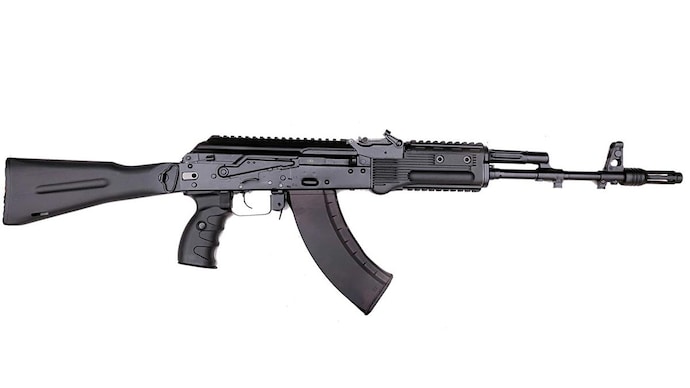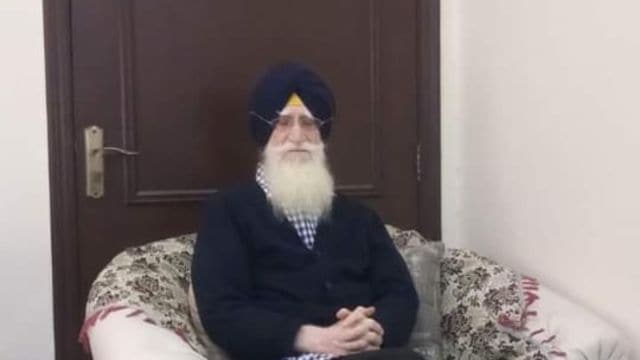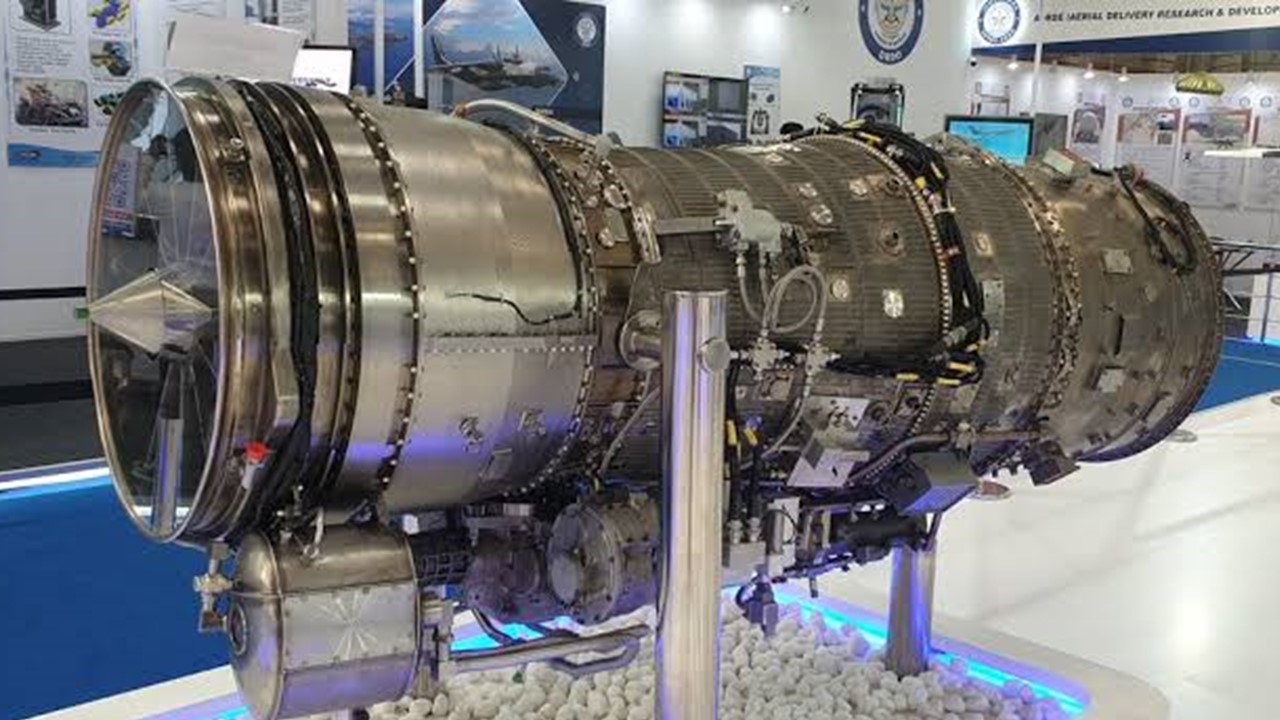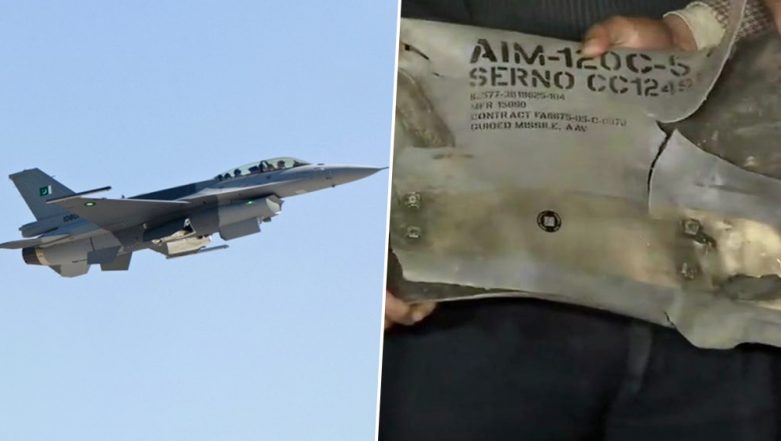SOURCE: AFI

Not so long ago, India had opportunity to have same radar on its Rafale fighter jet also on the LCA-Tejas Mk1A fighter jet fleet. French defense giant Thales offered a derivative of its RBE2 AESA radar, used in Rafale jets, for India’s Tejas Mk-1A fighter variant. This development unfolded in 2017.
Thales conducted successful flight tests in France that summer, analyzing the radar’s performance under various conditions. The company claimed the RBE2 derivative met all of Hindustan Aeronautics Limited’s (HAL) requirements for the Tejas Mk-1A’s combat and air superiority missions. Additionally, Thales emphasized its solution’s ability to integrate seamlessly with the Mk-1A’s tight development schedule.
Continue readingSOURCE: AFI

Indo-Russian Rifles Private Limited, registered and located in India, has produced and transferred 35,000 Kalashnikov AK-203 assault rifles to the Indian Ministry of Defence. The founders of the enterprise from the Russian side are ROSOBORONEXPORT JSC and the Kalashnikov Group (both are subsidiaries of the Rostec State Corporation).
The Kalashnikov AK-203 assault rifle is a version of the AK-200 rifle chambered for the 7.62×39mm cartridge used in the Indian Army. The weapon has the traditional advantages of Kalashnikov assault rifles: reliability and ease of maintenance.
Continue readingSOURCE: AFI

Aditya Ramanathan, a research analyst with the Takshashila Institution, has provided insights into the findings of the 2024 Yearbook released by the Swedish think tank, Stockholm International Peace Research Institute (SIPRI). The yearbook highlights the global increase in nuclear arsenals, including those of India. Ramanathan, an expert on India’s strategic affairs and foreign policy, delves into the implications of these developments.
“We don’t actually know the exact size of India’s nuclear arsenal, but most studies place it in the range of 150-200 warheads,” says Ramanathan. He suggests that any increase in India’s nuclear arsenal is likely a direct response to China’s military advancements. “India has to be concerned about ensuring that enough of its own nuclear forces can survive a Chinese first strike and inflict unacceptable damage in retaliation. To that end, I think India’s response is cautious and well-reasoned.”
Continue readingSOURCE: AFI

Pro-Khalistani organizations have recently urged the incoming U.K. government, anticipated to be led by Labour leader Keir Starmer, to back a controversial “Sikh Manifesto.” This manifesto, which has been the subject of significant criticism, includes statements on geopolitics and hate crimes that have sparked debate among political candidates and the public.
The manifesto outlines ten demands, most notably advocating for the “application of self-determination to the Sikhs.” This phrase is widely interpreted as support for the ongoing campaign for a Sikh ethnostate in the Punjab region, spanning parts of India and Pakistan.
Continue readingSOURCE: AFI

Gajinder Singh, a wanted terrorist and co-founder of the radical outfit Dal Khalsa, passed away from a heart attack at a hospital in Pakistan. He was 74 years old.
Singh was a fugitive for his role in the 1981 hijacking of an Indian Airlines (IA) flight. The plane, carrying over 110 passengers and crew, was diverted to Lahore and used to make demands for the release of Sikh extremists.
Continue readingSOURCE: RAUNAK KUNDE / NEWS BEAT / IDRW.ORG

In a significant stride towards bolstering defence cooperation, India’s National Security Advisor (NSA) Ajit Doval and his US counterpart, Jake Sullivan, convened for the second meeting under the Initiative on Critical and Emerging Technologies (iCET). The discussions focused on co-production, co-development, and research and development (R&D), underscoring the deepening strategic partnership between the two nations.
A key highlight of the meeting was the reiterated offer from the United States to jointly develop a new engine for India’s Advanced Medium Combat Aircraft (AMCA) 5th generation program. This proposal aims to rejuvenate discussions that had previously stalled due to high Transfer of Technology (ToT) levels demanded by India’s Defence Research and Development Organisation (DRDO).
Continue readingSOURCE: RAUNAK KUNDE / NEWS BEAT / IDRW.ORG
Armenia has reportedly approached India to inquire about acquiring theatre quasi-ballistic missiles, a move likely prompted by Azerbaijan’s recent use of the Israeli-made LORA system. The LORA, boasting a range of 400km, emerged as a concern for Armenia during the 2020 Nagorno-Karabakh conflict. Azerbaijan’s deployment in the war’s final days, particularly against the Lachin corridor bridge, highlighted the potential threat it poses.
At Aero India 2023, a Memorandum of Understanding (MoU) was signed between Bharat Electronics and IAI for potential LORA production in India. However, this licensing agreement is likely still in its early stages.
Continue readingSOURCE: RAUNAK KUNDE / NEWS BEAT / IDRW.ORG

The Gas Turbine Research Establishment (GTRE) has expressed confidence that the Dry Kaveri engine, once proven on the Light Combat Aircraft (LCA) Tejas Mk1 Trainer, will pave the way for the development of the more advanced Kaveri 2.0 engine. This progress is crucial for securing additional funding for further research and development.
The current Dry Kaveri engine, equipped with an afterburner, is capable of generating 46kN of thrust in dry configuration and 73kN with an afterburner (wet thrust). Despite these impressive figures, this level of thrust is insufficient to power the Tejas Mk1A or MkII platforms effectively. However, the successful deployment and performance of this engine on the Tejas Mk1 Trainer will demonstrate GTRE’s capabilities and build a strong case for additional investment.
Continue readingSOURCE: AFI

Vehicle Factory Jabalpur (VFJ), a unit of Armoured Vehicles Nigam Limited (AVNL), has set its sights on enhancing the Indian Army’s capabilities with a proposed 6×6 Mine-Protected Vehicle (MPV). This new variant was revealed in the form of a scaled model at the recent 9th International Police Expo and 8th Homeland Security Expo.
The proposed 6×6 MPV leverages the success of VFJ’s existing 4×4 MPVs currently in production for the Indian Army.
Continue readingSOURCE: AFI

The Indian Air Force’s (IAF) ability to evade AIM-120C AMRAAM missiles fired by Pakistani F-16s during past conflicts can be attributed, in part, to their familiarity with the aircraft. This knowledge comes from various avenues of military cooperation.
The Republic of Singapore Air Force (RSAF) regularly participates in Joint Military Training (JMT) exercises with the IAF at Air Force Station Kalaikunda. These exercises see the RSAF deploy F-16s, providing the IAF pilots with valuable exposure to the aircraft’s capabilities and potential tactics.
Continue readingSOURCE: AFI

The ongoing conflict in Ukraine has become a proving ground for modern warfare technologies, particularly the use of robotics and unmanned systems. As the war rages on, both sides have increasingly relied on autonomous systems, drones, and robotic vehicles to gain tactical advantages.
This shift towards robotic warfare is not only reshaping the battlefield but also highlighting the urgent need for countries like India to upgrade their offensive firepower.
Continue readingSOURCE: AFI

Zen Technologies made a strong showing at the recently concluded 9th International Police Expo and the 8th India Homeland Security Expo 2024 (co-located with the 5th Drone International Expo 2024). The company showcased a range of innovative training solutions designed to enhance the capabilities of law enforcement and security personnel.
Zen Technologies’ presence at the expo highlighted their commitment to providing cutting-edge training solutions for modern security challenges. Here’s a breakdown of the key products showcased:
Continue readingSOURCE: IDRW.ORG

The Indian Navy’s Kolkata-class destroyers are renowned for their formidable firepower. However, a closer look reveals a lighter-than-expected surface-to-air missile (SAM) count compared to some global counterparts of similar size. While the Navy has remained tight-lipped on the official reasoning behind this, discussions with Navy officials shed some light on the issue. Balancing cost and physical limitations appears to be the key factor.
Offensive systems like the BrahMos missiles, while incredibly powerful, are also large and expensive. This translates to a trade-off – fewer missiles for a higher upfront cost.
Continue readingSOURCE: IDRW.ORG

Indian state-owned companies participating in Eurosatory 2024, the international defense and security exhibition in Paris, reported strong interest in their 155mm artillery shells. This comes amidst a global shortage due to the ongoing war in Ukraine.
Yantra India Limited, a leading Indian defense manufacturer, showcased its range of 155mm artillery shells, including the ERFB (Extended Range Full Bore), HEER (High Explosive Extended Range), HE 77B (High Explosive), and HE 107 variants. These shells attracted significant attention from various countries.
Continue readingSOURCE: AFI

The Defence Research and Development Organisation (DRDO) is gearing up to showcase its indigenously developed Quick Reaction Surface-to-Air Missile (QRSAM) weapon system at the upcoming Land Forces 2024 International Land Defence Exhibition. The event will be held from September 11th to 13th, 2024, at the Melbourne Convention and Exhibition Centre, Australia.
The QRSAM is a state-of-the-art missile system manufactured by Bharat Electronics Limited (BEL). This short-range air defense solution is designed to provide mobile protection for mechanized forces against aerial threats on the battlefield.
Continue reading